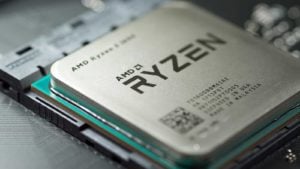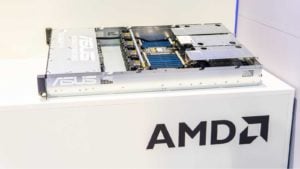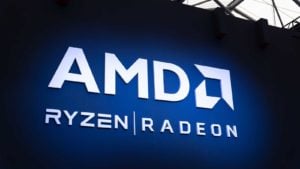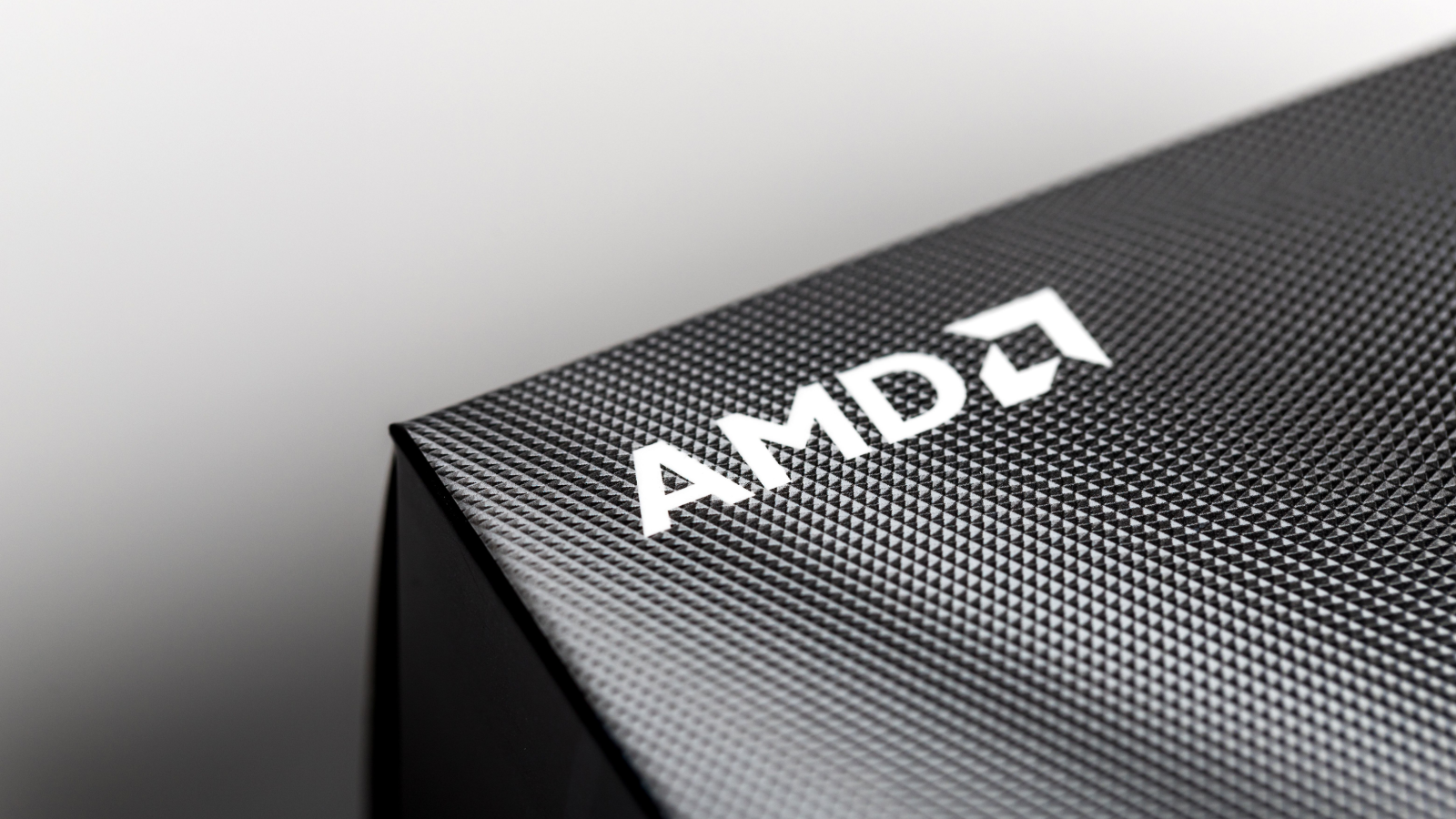Advanced Micro Devices (NASDAQ:AMD) has been living in the shadow of its larger rival, Nvidia (NASDAQ:NVDA), for quite some time now. In less than a year, AMD has gone from being seen as a peer to Nvidia to more of a “Nvidia-lite” in the eyes of many investors. The stock tends to move in tandem with Nvidia and the broader semiconductor sector, rising and falling with the tides of the notoriously cyclical chip industry.
At this point, I view AMD as a “show-me” stock. The company has a lot to prove if it wants to step out from Nvidia’s shadow and re-establish itself as a true peer and competitor rather than just a cheaper alternative. AMD’s management team certainly has their work cut out for them to narrow the gap with Nvidia, especially in the crucial market for AI accelerator chips, which has become the main battleground.
Can AMD Repeat its Playbook Against Nvidia?

That said, we’ve seen AMD successfully execute this playbook before in its fight against Intel’s (NASDAQ:INTC) dominance of the CPU market. AMD smartly positioned itself as the budget-friendly option while actually surpassing Intel in key metrics like power efficiency and number of cores. While Intel still maintains a market share lead, AMD has fought its way to being seen as basically an equal in the CPU space.
I believe AMD is now attempting to replicate that strategy to take on Nvidia in AI chips. The company now focuses on offering more cost-effective alternatives to Nvidia’s pricey AI accelerators. If the frothy funding environment for AI startups starts to dry up, these companies may become less willing to pay huge premiums for Nvidia’s GPUs. That could open a door for AMD to gain share with its more affordable Instinct MI300 chips and other products in its pipeline.
However, this is a big “if,” and AMD still has a very long way to go before catching Nvidia in AI.
AMD’s Data Center Revenue Is Promising, But Shaky

On AMD’s Q2 earnings call, CEO Lisa Su said the company now expects data center GPU revenue to exceed $4.5 billion in 2024, up from the $4 billion guided in April. While impressive growth, this pales in comparison to the $11 billion in data center revenue Nvidia is expected to generate this fiscal year.
Su did highlight that AMD is “significantly increasing hardware, software and solutions investments” in AI and aims to deliver “an annual cadence of leadership data center GPU hardware.” This includes the MI325X accelerator planned for later this year and the MI350 series slated for 2025.
But major risks and uncertainties remain. Nvidia has a massive incumbent advantage with its CUDA software platform. AMD will be hard-pressed to overcome that. Many analysts remain skeptical of AMD’s ability to gain significant AI share. Vivek Arya of Bank of America questioned on the Q2 call whether hyper scalers may just “consolidate their CapEx” around Nvidia and custom chips rather than adopt AMD.
Stiff Competition from Big Tech’s Custom Chips

This touches on perhaps the biggest risk facing the entire AI chip space that I believe the market is under-appreciating – the threat of Big Tech. firms like Google (NASDAQ:GOOG, NASDAQ:GOOGL), Amazon (NASDAQ:AMZN) and Meta (NASDAQ:META) are increasingly designing their own custom AI silicon rather than buying off-the-shelf data center GPUs.
If this trend continues, it could spell trouble for AMD, Nvidia and Intel alike as a big chunk of the TAM for merchant AI chips goes away. Companies like Google and Amazon have shown they are not afraid to vertically integrate to cut costs. Their large scale means the economics of custom chips often make sense.
So, while I’m cautiously optimistic about AMD’s technology roadmap, I believe the company remains a very risky bet. AI chips are still a highly competitive and uncertain market. Nvidia is the clear leader, and AMD will not have an easy time changing that. Especially when you consider the looming threat of custom silicon.
Risks of an Extended Downcycle Remain

Despite pulling back from its highs, AMD stock still trades at a rather lofty valuation of around 33x forward earnings. Sales rose just 8.9% year-over-year this quarter. While growth should accelerate in 2025, risks of an extended downcycle in the chip sector remain. Macros could worsen a lot more in the coming quarters.
Like Nvidia, AMD is a cyclical and economically sensitive business. Demand can fall off quickly when conditions deteriorate, as we saw in the second half of 2022. Thus, I don’t believe the semiconductor industry is fully out of the woods yet in terms of this down-cycle.
At the current valuation, I don’t see a compelling risk/reward in AMD stock. Analysts are bullish, though, with the average analyst price target of ~$190 representing nearly 40% upside from current levels.
The Bottom Line

Given the uncertainties AMD faces in both the near-term and long-term, I believe the stock is fairly valued right now. While I’m positive about the company’s future prospects, the road ahead will not be an easy one. For those reasons, I rate AMD stock a hold. The bullish price targets are not going to change anything for me, yet.
On the date of publication, Omor Ibne Ehsan did not hold (either directly or indirectly) any positions in the securities mentioned in this article. The opinions expressed in this article are those of the writer, subject to the InvestorPlace.com Publishing Guidelines.
On the date of publication, the responsible editor did not have (either directly or
indirectly) any positions in the securities mentioned in this article.
